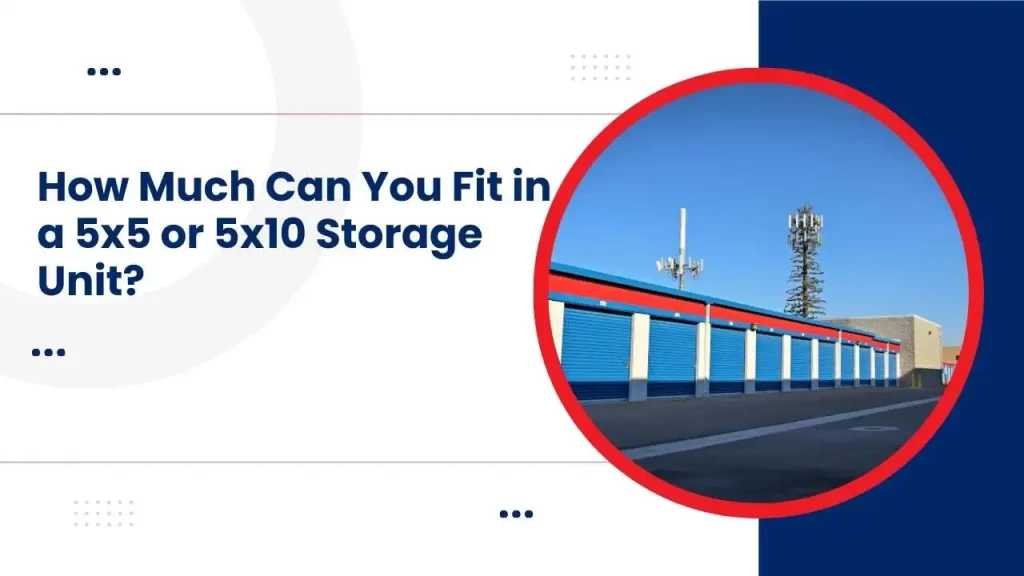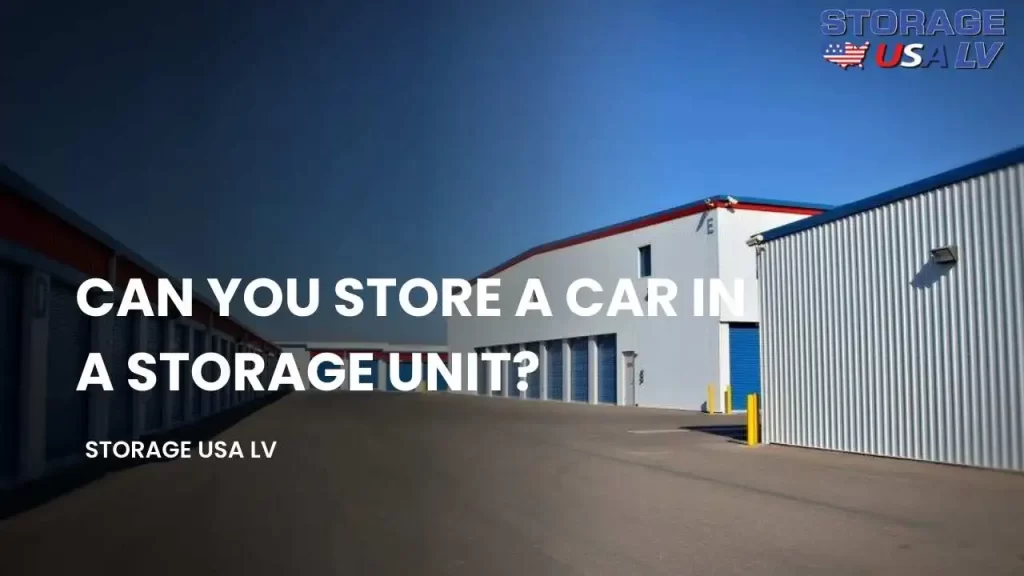
Self-storage units are a lifesaver when you need extra space. Maybe you’re decluttering your home before a big move, renovating your living area, or simply running out of room for seasonal items and hobbies. But with so many unit sizes available, choosing the right one can be a challenge. This guide will delve into the storage capacity of two popular large-capacity options: 10×18 and 15×35 units.
By understanding the dimensions and volume of these units, you can make an informed decision about which one best suits your storage needs.
Understanding Storage Unit Dimensions
Before diving into specific unit sizes, let’s establish a common ground. Most storage facilities offer units with 8-foot ceilings. This standard height is crucial for maximizing your storage capacity by stacking items vertically.
- 10×18 Storage Unit: This unit boasts 180 square feet of floor space. With the 8-foot ceiling, it translates to approximately 1440 cubic feet of storage volume. Imagine this as a spacious bedroom or a small garage.
- 15×35 Storage Unit: This unit offers a significant increase in space, providing 525 square feet of floor space and a whopping 4200 cubic feet of storage volume. Think of it as a two-car garage or a large studio apartment.
Conquering the 10x18 Unit: What Fits Inside?
The 10×18 unit is a great choice for storing the contents of a large apartment or a sizeable portion of a house. Here’s a breakdown of what you can typically fit:
Furniture:
- King-size mattress and box spring
- Sofa set (including loveseat and recliner)
- Dresser and chest of drawers
- Dining table with chairs
- Multiple bookshelves
- Coffee table and end tables
Appliances:
- Refrigerator
- Washer and dryer
- Freezer
- Microwave and oven
- Dishwasher (depending on size)
Other Belongings:
- Several large boxes and bins
- Outdoor furniture (patio set, grill, lawnmowers)
- Bicycles (multiple)
- Large sporting equipment (kayaks, exercise equipment)
- Seasonal decorations (holiday trees, yard decorations)
- Luggage (multiple suitcases)
Taming the 15x35 Unit: A Storage Beast
The 15×35 unit is ideal for large-scale storage needs. Here’s what you can potentially fit:
Furniture:
- Multiple mattresses and box springs
- Several sofas and chairs
- Dressers, chests, and armoires
- Dining tables and chairs (multiple sets)
- Entertainment centers
- Bookcases (multiple)
Appliances:
- All major appliances (refrigerator, washer/dryer, oven, dishwasher)
- Deep freezers
- Additional appliances (ice maker, wine cooler)
Other Belongings:
- Extensive collection of boxes and bins
- Large furniture (pool tables, grandfather clocks)
- Business inventory or supplies
- Vehicles (motorcycles, cars, even small boats)
- Large tools and equipment (lawnmowers, snowblowers, workshop equipment)
- Large sporting equipment (multiple kayaks, jet skis)
Optimizing Your Storage Space in a Large Unit
Even with a spacious unit, maximizing every square foot is crucial. Here are some tips to ensure you get the most out of your 10×18 or 15×35 storage unit:
- Disassemble Furniture: Take apart beds, tables, and other items whenever possible. This frees up valuable floor space.
- Embrace the Vertical Space: Utilize shelving units and overhead storage solutions to stack boxes and bins securely. Optimize vertical space by storing lighter items on top shelves and heavier items on the bottom.
- Maintain Accessibility: Leave a central aisle wide enough to comfortably access items stored in the back of the unit.
- Labelling is Key: Clearly label all boxes and containers to quickly identify what you need without having to dig through everything.
- Pack Strategically: Place heavier boxes and furniture on the bottom for stability. Lighter items like pillows and blankets can go on top shelves or in empty spaces.
Choosing the Right Size Unit: It's All About Planning
Before locking yourself into a specific unit size, take some time to plan. Here are some steps to guide you:
Inventory Your Belongings: Create a detailed list of everything you plan to store in the unit.
Embrace the Math: If possible, try to estimate the total cubic footage of your belongings. Many online storage unit calculators can help with this process. Here’s how:
- Measure Individual Items: Grab a measuring tape and start taking measurements! Measure the length, width, and height of your furniture, appliances, and boxes.
- Calculate Individual Volume: Once you have the measurements, multiply the length x width x height to get the cubic footage of each item.
- Tally Up the Totals: Add the cubic footage of each item on your list to get a total estimated cubic footage for all your belongings.
Online Storage Calculators:
While estimating the cubic footage yourself is helpful, it can be time-consuming. Many self-storage facilities offer online storage unit calculators on their websites. These calculators typically guide you through a series of questions about the types and quantities of items you intend to store. They then provide an estimated storage unit size recommendation based on your input.
Here are some additional factors to consider when choosing a unit size:
- Future Needs: Think about your potential future storage needs. Are you planning on downsizing in the near future, or might you need to store additional items later? Choosing a slightly larger unit can provide some peace of mind and flexibility.
- Accessibility: Consider how often you might need to access your stored belongings. If you need frequent access, a smaller unit with a central aisle might be more convenient.
- Budget: Storage unit rental prices are typically based on size. Be realistic about your budget and choose a unit that fits your needs without breaking the bank.
Conclusion: Finding Your Perfect Storage Fit
Choosing the right storage unit size doesn’t have to be a guessing game. By understanding the dimensions and capacities of different unit sizes, combined with some thoughtful planning and estimation techniques, you can find the perfect fit for your needs. Remember, most storage facilities offer a variety of unit sizes, so don’t hesitate to reach out to their staff for guidance. They can answer your questions, address any concerns, and help you find the storage solution that best suits your situation.
With a little planning and the information provided in this guide, you can confidently conquer your storage challenges and maximize the space you gain from your chosen 10×18 or 15×35 unit.


